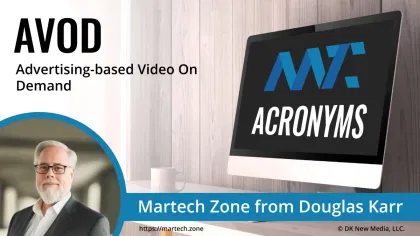
A content distribution model where users can access a library of video content for free, with revenue generated through advertisements during or around the content. Features include:
- Free Access: Users can stream a wide range of videos, including movies, TV shows, and original programming, without subscription fees.
- Advertising Revenue: The platform earns money by incorporating various forms of advertisements, such as pre-roll (before the video starts), mid-roll (during the video), post-roll (after the video ends), banner ads, and sponsored content.
- Ad-Supported Viewing: To compensate for the lack of subscription fees, viewers experience periodic ad interruptions while watching their chosen content.
- Content Variety: AVOD platforms often offer diverse content to attract a broad audience, including both licensed and original productions.
- Accessibility: Being free to users, AVOD services are easily accessible to a wide demographic, increasing potential viewership and advertiser appeal.
AVOD Examples
- YouTube: Offers a vast array of user-generated and professional content supported by ads.
- Tubi: Features a wide range of movies and TV series without subscription fees, relying solely on ad revenue.
Comparison with Other Models:
- SVOD (Subscription-based Video On Demand): Unlike AVOD, SVOD requires users to pay a recurring fee for unlimited access to content without advertisements (e.g., Netflix).
- TVOD (Transactional Video On Demand): TVOD allows users to pay for individual content, such as renting or purchasing a movie or episode (e.g., iTunes).
AVOD has become a popular monetization strategy in the digital streaming landscape, offering a no-cost option for consumers while providing advertisers with platforms to reach targeted audiences. Its accessibility and cost-free model make it an attractive option for users who prefer not to commit to subscription fees, broadening the potential market for content creators and advertisers.